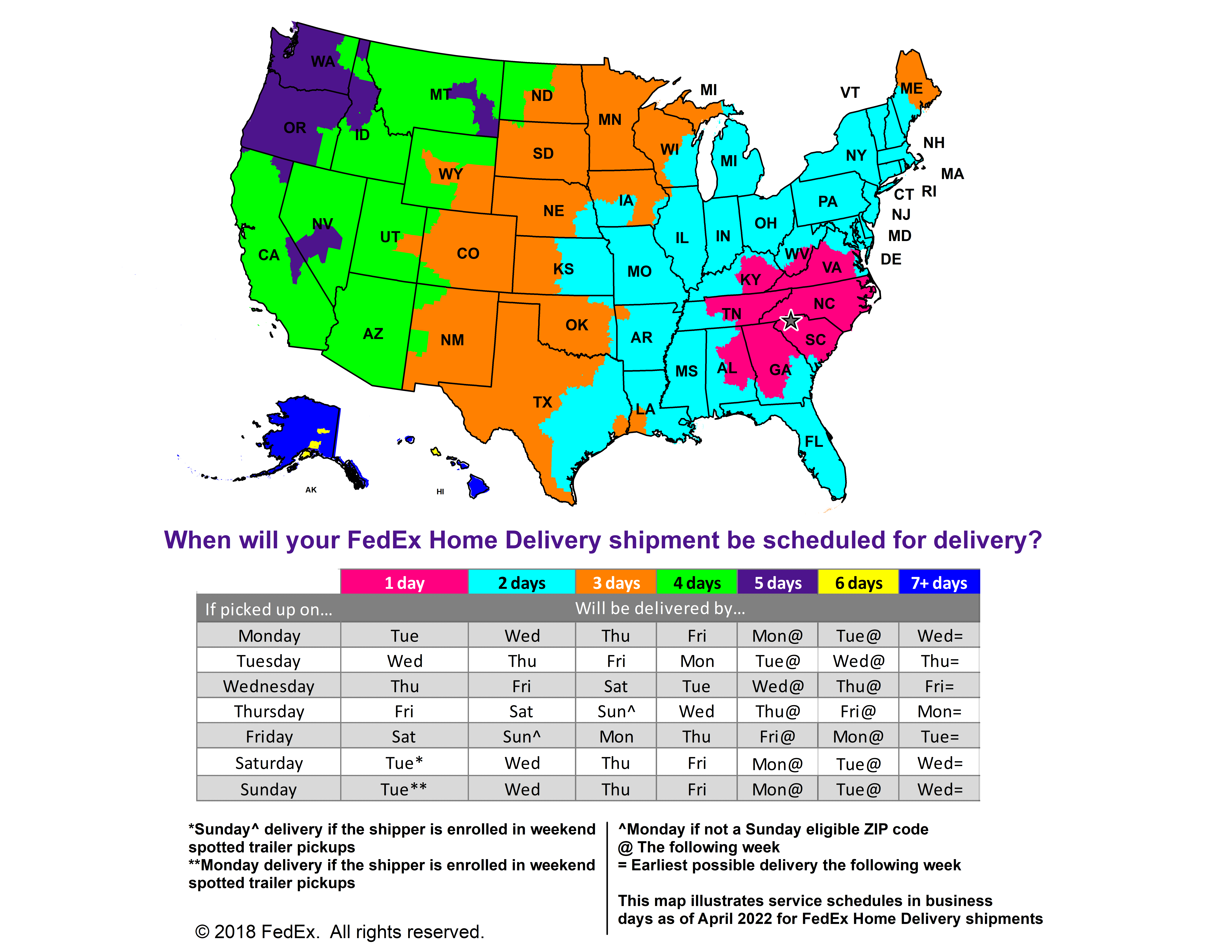5 Unbelievable Facts About the Paint on Your Walls
You’re surrounded by it every day. It’s a part of the design of every room. But, do you really know the facts about paints? Most people assume that since they’re so commonplace, the paints we slap all over everything must be safe. Think again. Here are 5 unbelievable facts about the paint on your walls that should definitely make you re-think your next home reno project.
1. Conventional paints contain potentially toxic chemicals. You probably already knew that paints aren’t super safe - you don’t want to drink them or anything. But did you know most conventional paints contain chemicals like known carcinogens (cancer causing chemicals), neurotoxicants (chemicals that impact brain development, cognitive function, and behavior), and more? The roster of nasties you’ll find include terpenes, formaldehyde, acrolein, phthalates, glycol, toluene, methylene chloride, styrene, trichloroethylene, xylenes, and benzene.
2. Stripping paint can make indoor air pollution levels 1,000 times higher than outdoors. On an average day, volatile organic compound (VOC) levels in the home can be two to five times higher than outdoors. During activities like paint stripping, they can reach up to 1,000 times higher!
3. Just because that “new paint smell” is gone, doesn’t mean the toxic chemicals are. VOCs aren’t only released when the paint is fresh (that “new paint smell”), they can off-gas for the next three to five years!
4. The EPA allows companies to call their product zero-VOC even if it contains off-gassing chemicals. Just as you’d assume, “low-VOC” and “zero-VOC” mean a product has less VOCs than traditional paints. But, don’t take it at face value. Low or zero-VOC doesn’t always mean non-toxic or healthy or safe. Even zero-VOC paints can contain other risky chemicals not considered VOCs (like highly toxic ammonia and acetone which are not classified as VOCs and are not required by law to appear on the label). Or, the low or zero-VOC claim may only refer to the base paint - not the color tint. So, the moment you add color to your base, you’ve added VOCs right back in.
5. Third party, eco-friendly and health certifications can be just as misleading. All third party certifications including the highest levels of certification allow for at least 2 teaspoons (about 50,000 parts per million/ppm) of these chemicals as part of their standards. Yet, toxic chemical exposures as low as 5ppm can cause damage ranging from skin and eye irritation to long-term damage to kidney, respiratory, and cognitive functions.
Yikes!
How do you choose a healthier alternative?
Since there aren’t regulations in place to adequately protect your family’s health, and labeling can be so deceptive, the burden - unfortunately - is on you. Look for a company that's transparent about ingredients (we are!), so you can make an informed decision.
What do you want to know about paint? Leave your questions in the comments below. We’re happy to help!


























